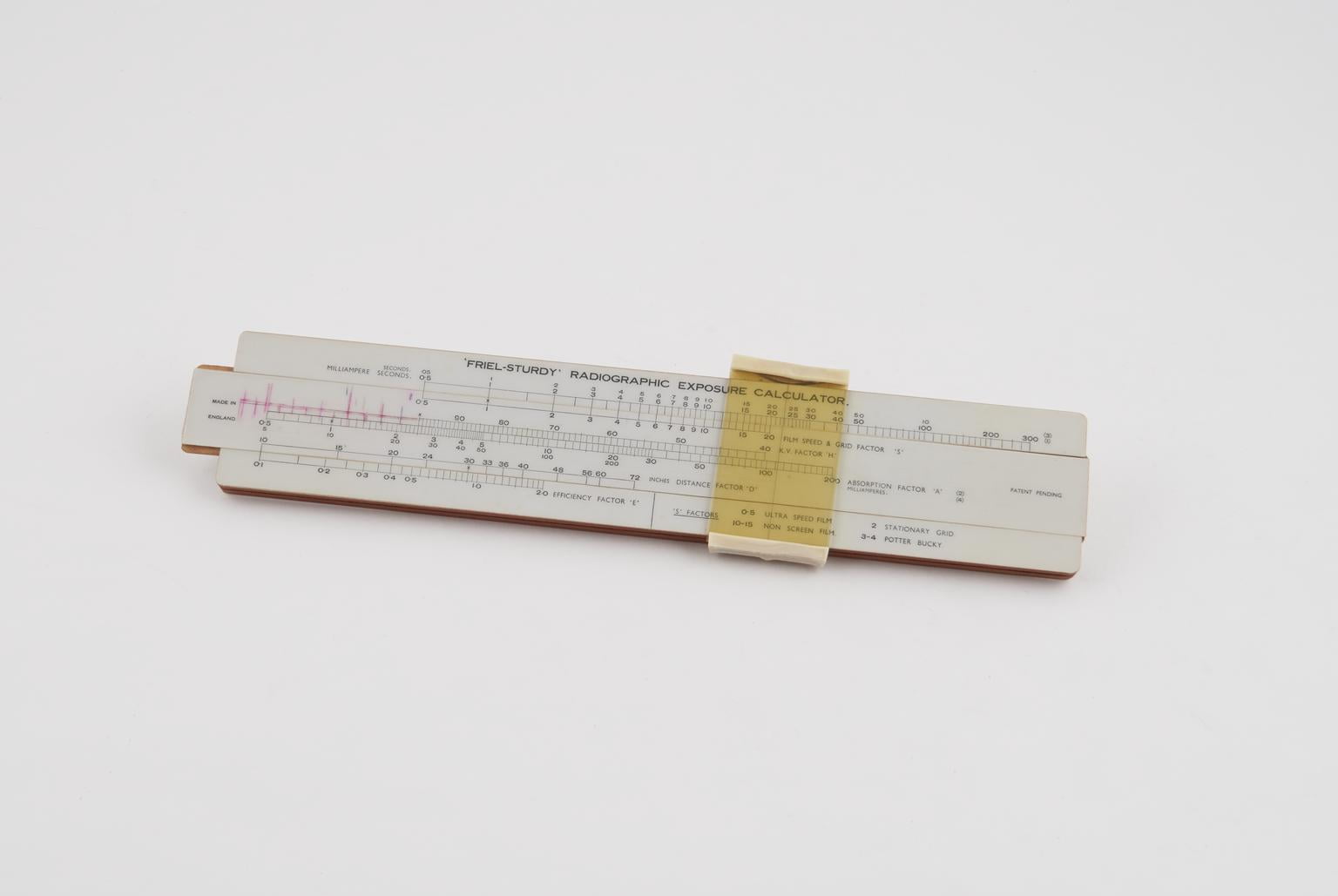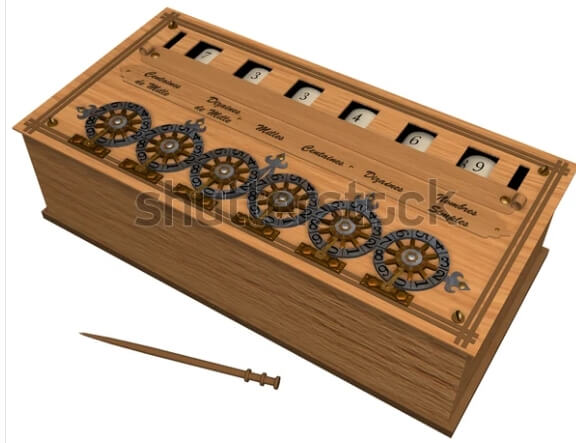How many sweets are left in the jar? How many minutes until the school bell rings? How many kilometers until you reach your grandma’s house? We count things every single day! But have you ever stopped to think about how we count, and the amazing tools people have invented to help us?
Long before smartphones and calculators, there were clever devices called mechanical counting devices. These weren’t powered by electricity like our gadgets today. Instead, they used clever combinations of gears, levers, and other moving parts to keep track of numbers. Think of them as the ancestors of our modern calculators and computers!
Why are these old devices so interesting? Well, they show us how people throughout history have tackled the challenge of counting and calculating. They’re also a fascinating glimpse into the history of technology. Many of the ideas behind these early devices paved the way for the computers we use today!
In this post, we’ll explore some of the most important mechanical counting devices, from the super-simple (but surprisingly effective!) abacus to more complex machines that could add, subtract, multiply, and divide. We’ll also look at some examples you might even see around you every day!
Get ready to travel back in time and discover the amazing world of mechanical counting devices.
Recommended Reading:
- Electronic Counting Devices: Examples, Types, and Their Connection to Modern Computers
- Electro-Mechanical Counting Devices: Types, Examples, and How They Work
- Early Counting Devices for JSS: Examples and Limitations
Examples of Mechanical Counting Devices
For the purpose of clarity, we classify mechanical counting devices into 3, namely:
Early Mechanical Counting Devices
Long before calculators and computers, people needed ways to count and keep track of numbers. That’s where mechanical counting devices came in! These ingenious tools used simple but effective mechanisms to perform calculations. Let’s explore two of the earliest and most important examples:
A. The Abacus: Counting with Beads
Imagine a tray with rows of beads. That’s essentially what an abacus is! It’s one of the oldest calculating tools in the world, and it’s still used in some parts of the world today. No one knows exactly who invented it, but it’s believed to have originated thousands of years ago in ancient Mesopotamia, Egypt, or China.
How does it work? Each row of beads represents a different place value (ones, tens, hundreds, etc.). Sliding the beads back and forth allows you to perform addition, subtraction, multiplication, and even division. It might seem simple, but skilled users can do complex calculations very quickly on an abacus.
Why is the abacus so important? It was a major advancement in counting technology. It allowed people to perform calculations more quickly and accurately than ever before. It also represents human ingenuity – using simple tools to solve complex problems.
B. Napier’s Bones: Multiplying with Sticks

John Napier, a Scottish mathematician (born in 1550 and died in 1617), invented a clever tool called “Napier’s Bones” (also sometimes called Napier’s Rods) in the early 17th century. These weren’t actual bones, but rather rods or strips of wood or metal with numbers printed on them.
Napier’s Bones made multiplication and division much easier. By arranging the rods in a specific way, you could quickly look up the results of multiplication problems. It was a bit like having a multiplication table built into the rods.
Why are Napier’s Bones significant? They were an important step towards more advanced calculating devices. They simplified multiplication, which was a tedious process before. Napier’s work also contributed to the development of logarithms, which are still used in mathematics and science today.
Advanced Mechanical Counting Devices
As people explored new ways to count and calculate, they invented even more sophisticated mechanical devices. These devices were built upon the principles of earlier tools like the abacus and Napier’s Bones, but they offered greater capabilities and complexity. Let’s explore two important examples:
C. The Slide Rule: Calculations with Scales

Imagine a ruler with sliding parts and lots of numbers marked on it. That’s the basic idea behind a slide rule. It was invented in the 17th century, with key contributions from English mathematician William Oughtred (1574-1660).
The slide rule uses scales that are marked with numbers spaced according to their logarithms. By sliding the central part of the rule, you can align different scales and perform calculations like multiplication, division, squares, square roots, cubes, cube roots, and even trigonometry.
Why was the slide rule important? For centuries, it was an essential tool for scientists, engineers, and anyone who needed to perform complex calculations quickly. It was used in fields like architecture, navigation, and even rocket science. While electronic calculators have largely replaced slide rules today, they remain a fascinating example of mechanical ingenuity.
D. The Adding Machine (Pascaline): Gears and Wheels for Arithmetic

The Pascaline: One of the first mechanical calculators
Blaise Pascal, a French mathematician and inventor, created one of the first mechanical calculators in 1642. He was only 18 years old at the time. His invention, called the Pascaline, used a series of gears and wheels to perform addition and subtraction.
Each wheel in the Pascaline had numbers from 0 to 9. As you turned the wheels, the gears would mesh and carry over numbers to the next place value, just like when you add numbers by hand. It was a groundbreaking invention for its time.
Why was the Pascaline important? It was a major step towards automating calculations. While it could only perform addition and subtraction, it paved the way for more complex mechanical calculators and, eventually, electronic calculators and computers.
Mechanical Counting Devices in Everyday Life
You might be surprised to learn that mechanical counting devices aren’t just museum pieces! They’re still at work in many of the things we use every day. Let’s take a look:
A. Odometers: Counting Kilometers (or Miles)
Ever wondered how your car or bicycle knows how far you’ve traveled? It’s all thanks to the odometer! This clever device, usually found on the dashboard of a car or the handlebars of a bicycle, measures the distance traveled.
Inside the odometer, there are gears that turn as the wheels rotate. These gears are connected to the numbers you see on the display. Each time the wheels complete a certain number of rotations, the gears advance, and the numbers on the odometer increase. It’s like a mechanical counter keeping track of your journey!
Think about it: every time you go for a drive or a bike ride, you’re interacting with a mechanical counting device.
B. Mechanical Clocks and Watches: Timekeepers of the Past and Present
While many clocks and watches today are digital, mechanical timepieces are still appreciated for their craftsmanship and beauty. They use a complex system of gears, springs, and levers to measure the passage of time.
The inventor of the first mechanical clock is unknown, but it is believed that the first mechanical clocks were invented in Europe in the 13th century. These early clocks were large and complex, often found in church towers.
Over time, mechanical clocks became smaller and more accurate, eventually leading to the development of pocket watches and wristwatches.
C. Other Examples:
Mechanical counting devices can be found in other surprising places too.
- Parking Meters: These devices measure how long you’ve parked your car. They often use a mechanical mechanism to track the time and calculate the parking fee.
- Turnstiles: These gates, often found at stadiums or subway stations, count the number of people entering. They use a mechanical counter that advances each time someone passes through.
- Older Gas Pumps: Some older gas pumps used mechanical counters to measure the amount of fuel dispensed.
How Mechanical Counting Devices Work: Gears, Levers, and Counting by Movement
So, how do these amazing devices actually work? While the specific mechanisms can be quite complex, the basic principles are surprisingly simple:
Gears and Levers: The Dynamic Duo
Many mechanical counting devices rely on gears and levers. Gears are wheels with teeth that interlock. When one gear turns, it causes the other gear to turn as well. Levers are simple machines that can amplify force. By combining gears and levers, inventors could create mechanisms that could perform complex calculations.
Counting by Movement: From Motion to Numbers
The key to a mechanical counting device is that movement is translated into numbers. For example, in an odometer, the rotation of the car’s wheels causes the gears to turn. This turning motion is then translated into the numbers displayed on the odometer. Each turn of a gear corresponds to a specific distance traveled.
The Importance of Mechanical Counting Devices
Mechanical counting devices might seem old-fashioned now, but they played a crucial role in the development of mathematics, science, and technology. They allowed people to perform calculations more quickly and accurately, which led to advancements in many fields.
Most importantly, mechanical counting devices paved the way for modern computers. The ideas and principles behind these early devices, like using gears and levers to perform calculations, are still relevant today. They were a crucial stepping stone on the path to the digital age.
Conclusion
From the simple abacus to the more complex Pascaline and slide rule, mechanical counting devices have played a vital role in human history. They helped us count, calculate, and explore the world around us. While digital technology has largely taken their place, their legacy remains. They remind us that even the most complex technology often starts with simple, ingenious ideas.
What do you think the future of counting technology holds? Perhaps you’ll be the one to invent the next big breakthrough.
Glossary:
- Mechanical: Relating to machines or mechanisms that use moving parts.
- Counting Device: A tool used to keep track of numbers or quantities.
- Gears: Wheels with teeth that interlock to transmit motion.
- Lever: A simple machine that amplifies force by pivoting on a point.
- Algorithm: A set of rules or instructions for solving a problem (relevant to the development of early computing concepts).


